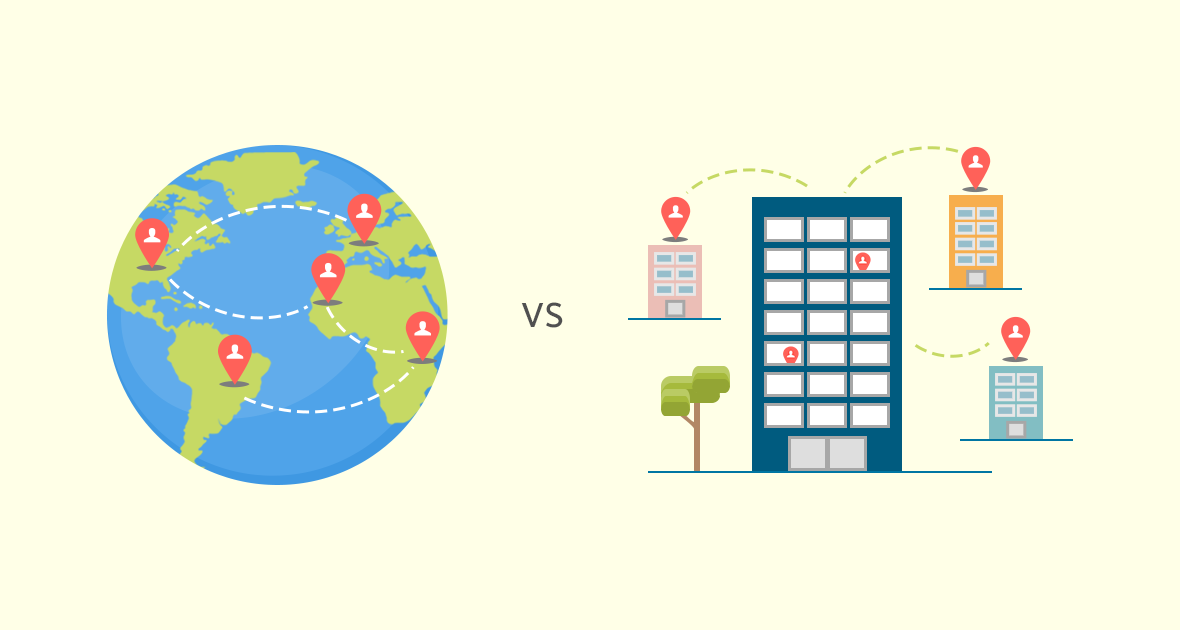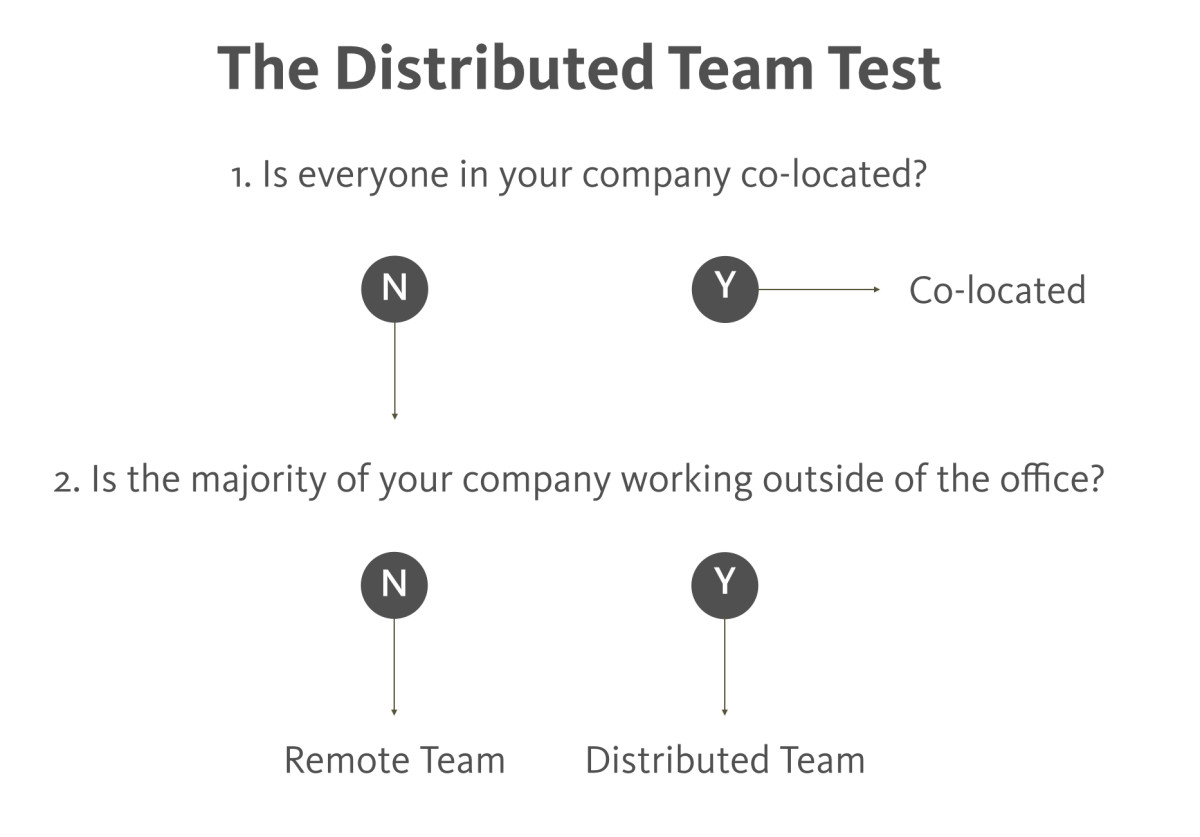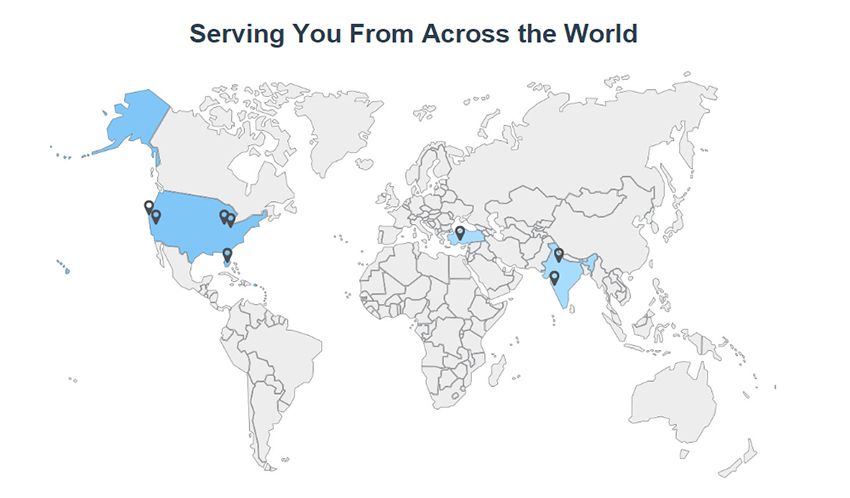Remote teams aren’t distributed teams. Say what?
The Distributed Team Test
A distributed team is one that’s spread across geographical boundaries and time zones. The key difference? Most people will be based in different cities and don’t often physically work together.
If you’re not sure if you fit into the category of distributed or remote, take this quick test:
The Difference Between Remote and Distributed Teams
To be clear, the trend that’s currently being set in the startup world is around distributed teams. That’s because being distributed helps teams to:
- Utilize global talent
- Cover multiple time zones
- Communicate effectively
- Increase software quality
On the other hand, remote teams operate much like co-located teams. Most of the members in a remote team meet up at the ‘office’ on a regular basis. However, some (or all) team members can work from home for part (or all) of the working week.
Being an effective Distributed Team
With technology, it’s only becoming easier to be an effective distributed team. To get your team there, you can employ:
- Communication tools (& asynchronous comms, e.g. Slack, Hangouts, Skype)
- Effective email (short and to the point, e.g. Gmail)
- Mastery of time zones (e.g. Homeslice)
- A focus on ‘why’ (e.g. jobs-to-be-done and job stories)
- Regular retreats (e.g. Buffer’s retreats)
Examples of awesome Distributed teams
These companies are already effective distributed teams:
- Automattic
- Buffer
- Zapier
- Groove
- Baremetrics
- InVision
- Help Scout
We can all learn how to be more efficient in our own teams by looking at how distributed teams work. These teams use asynchronous communication and their dispersed time zones as a competitive advantage.
Is your startup a distributed team? We’d love to know how you run yours!




